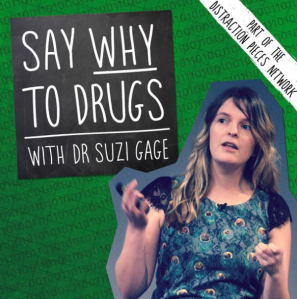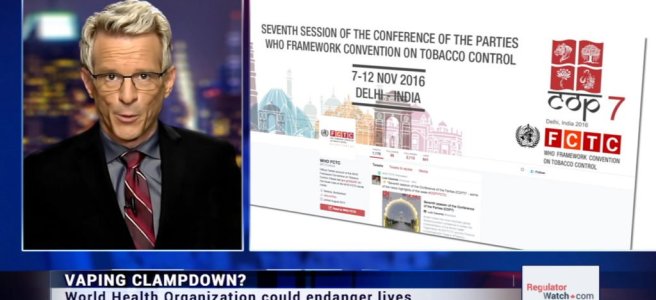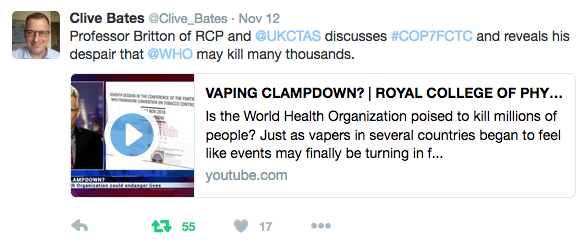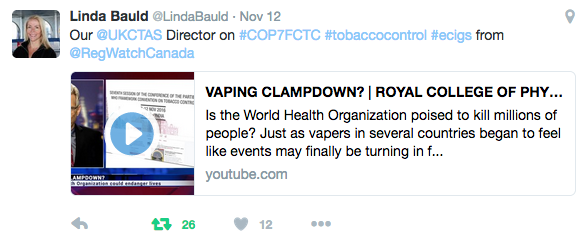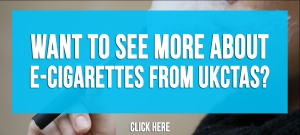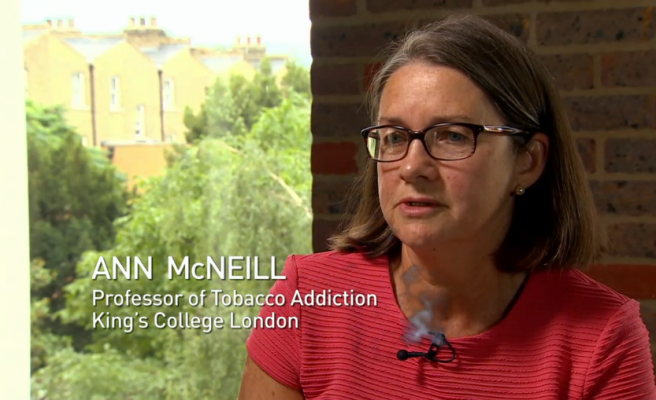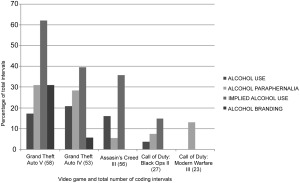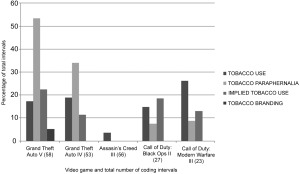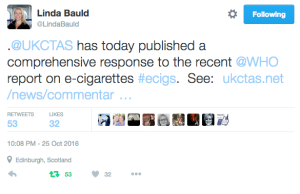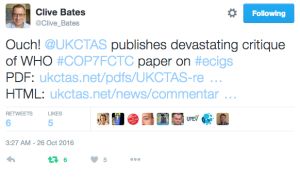Quantifying tobacco and alcohol imagery in Netflix and Amazon Prime instant video original programming accessed from the UK: a content analysis.
Alexander B Barker, Jordan Smith, Abby Hunter, John Britton, Rachael L Murray
Exposure to tobacco and alcohol content in audio-visual media is a risk factor for smoking and alcohol use in young people. Previous UK research has quantified tobacco and alcohol content in films and broadcast television but not that of video-on-demand (VOD) services such as Netflix and Amazon Prime. Furthermore, it is not clear whether regulation by Dutch (Netflix) or UK (Amazon Prime) authorities results in differences in content. We report an analysis of tobacco and alcohol content in a sample of episodes from the most popular programmes from these two VOD providers, and compare findings with earlier studies of UK prime-time television content.
Content analysis of a sample of 50 episodes from the five highest rated series released on Netflix and Amazon Prime in 2016, using 1 min interval coding of any tobacco or alcohol content, actual or implied use, paraphernalia and branding.
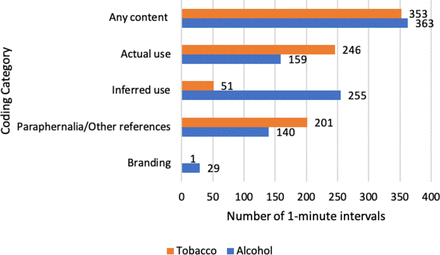
Of 2704 intervals coded, any tobacco content appeared in 353 (13%) from 37 (74%) episodes. Any alcohol content appeared in 363 (13%) intervals in 47 (94%) episodes. There were no significant differences between the two services, however the proportion of episodes containing tobacco and alcohol was significantly higher in VOD original programmes than those recorded in an earlier study of prime-time UK television.

Audio-visual tobacco and alcohol content is common in VOD original programmes and represents a further source of exposure to imagery causing smoking uptake and alcohol use in young people. This appears to be equally true of services regulated in the UK and The Netherlands. Given that VOD services are consumed by a global audience, it appears likely that VOD content is an important global driver of tobacco and alcohol consumption.
Strengths and Limitations of this study:
- This study is the first to explore alcohol and tobacco content in video-on-demand (VOD) programmes.
- Established methods were used to explore the content in VOD original content.
- This study provides a comparison of VOD alcohol and tobacco content to UK broadcast television content.
- This study is limited to a sample of programmes and episodes on each VOD service.
- As viewing figures are not available for VOD original content, we could not estimate exposure to tobacco and alcohol content.
Correspondence to Dr Alex Barker; alexander.barker@nottingham.ac.uk
Stricter @Ofcom regulation of #AmazonPrimeVideo relative to european regulation of #Netflix does not translate into appreciably lower levels of #tobacco and #alcohol content. https://t.co/5cduJzp5sc
— Dr Alex Barker (@abbarkerpsych) February 15, 2019



